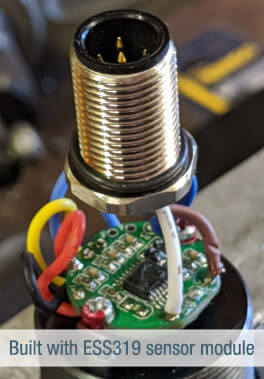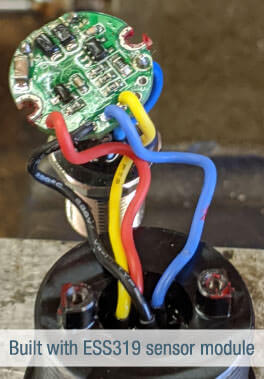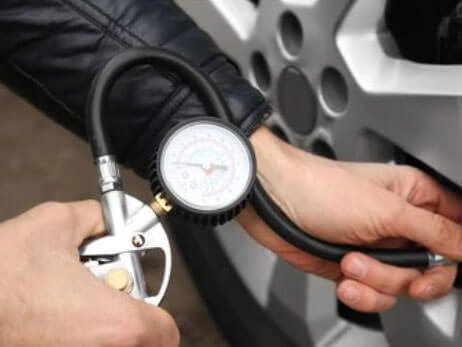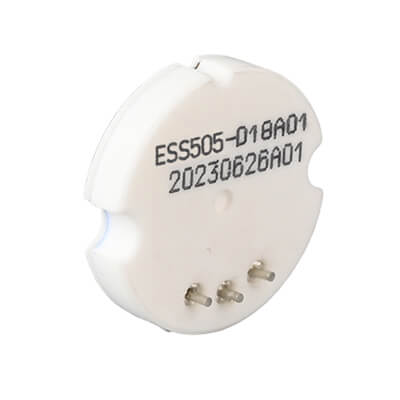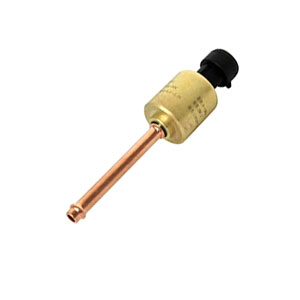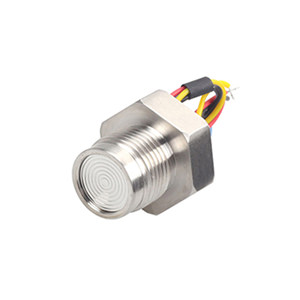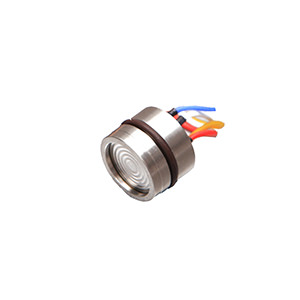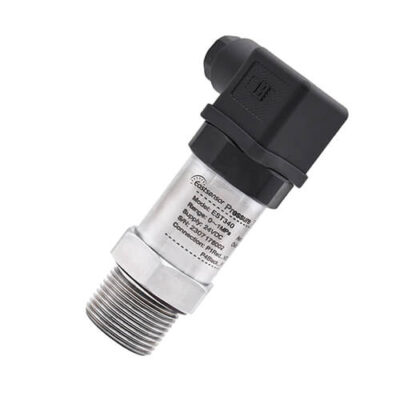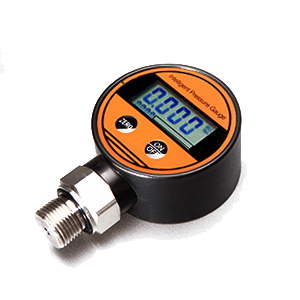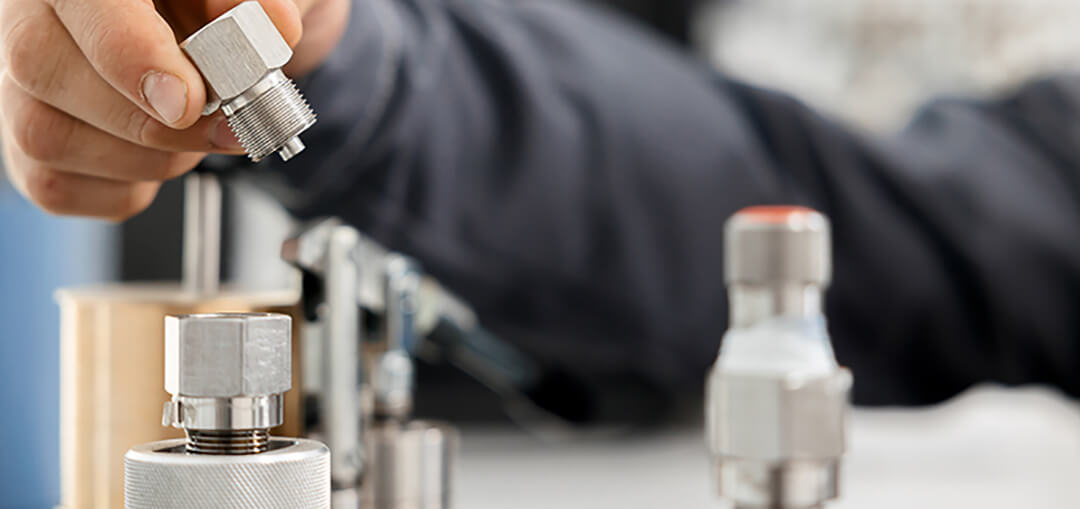
Gauge Pressure Sensors: All You Need to Know
What is gauge pressure?
Before we talk about gauge pressure sensos, the definition of gauge pressure should be pointed out firstly:
Gauge pressure is the pressure measured referring the point of atmosphere, the gauge pressure always be measured at open area or un-enclosed pipe instead sealed one, actually gauge pressure is not the true pressure value rather a relative or “differential” pressure between absolute pressure and ambient air pressure, the gauge pressure always has two types, one is negative for the pressure more than atmospheric pressure, the other is positive for the pressure more than atmospheric pressure.
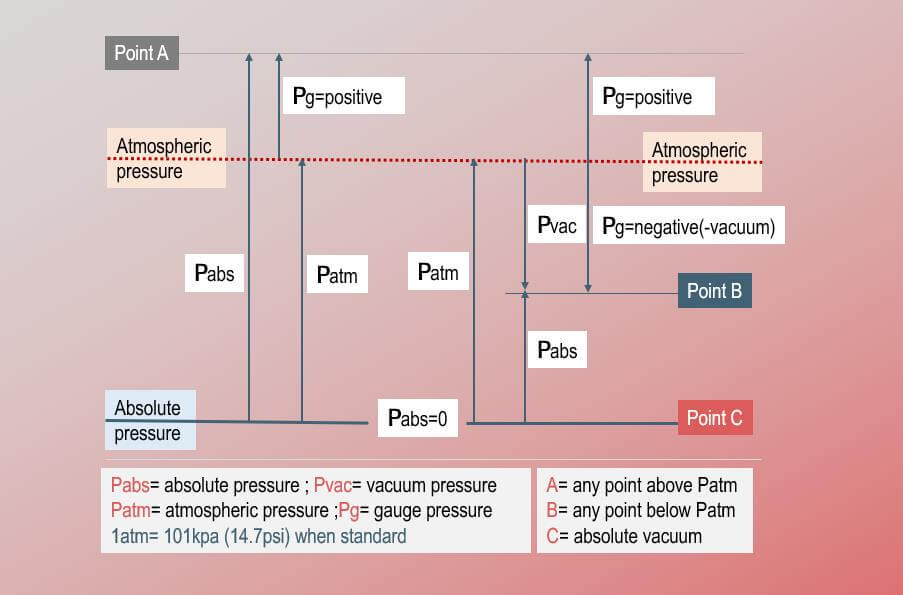
Click to find more details about: the relationship and difference among gauge pressure, absolute pressure, differential pressure.
What are gauge pressure sensors?
Gauge pressure sensors are kind of pressure detector that touch the physical medium, make deformation inside, transfer signal by Wheatstone bridge, send the data to display device.
As we know above, gauge pressure can be measured against atmosphere reference, and changed by the variation of altitude and weather temperature, so the gauge pressure sensors should be designed and packed with a port or vent connected to outside atmosphere, such connection system should be taken into considered from the circuitry pcb to the sensor housing and the thread process connection.
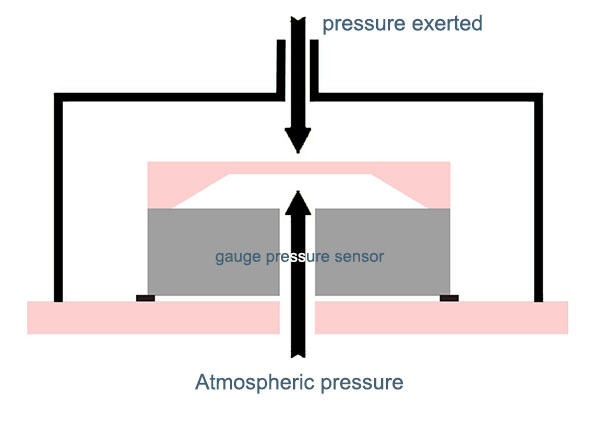
Gauge, Sealed Gauge & Absolute
Gauge pressure is the most common form of pressure measurement, and it refers to the pressure that is measured relative to the surrounding atmospheric pressure. In other words, gauge pressure represents the difference between the absolute pressure and the atmospheric pressure at a given location. This type of pressure measurement is typically used in applications where the reference point is the ambient air pressure.
Gauge pressure can be positive (higher than atmospheric pressure) or negative (lower than atmospheric pressure, also known as vacuum).
Sealed gauge pressure is a variation of gauge pressure, where the sensor is isolated from the ambient atmospheric pressure. Instead of using the surrounding air pressure as the reference, sealed gauge pressure uses a sealed, fixed reference pressure, typically a vacuum or a known pressure within the sensor’s housing. This approach eliminates the influence of atmospheric pressure fluctuations, providing a more stable and consistent pressure measurement.
Sealed gauge pressure sensors are commonly used in applications where the reference pressure needs to be constant, such as in industrial process control or pneumatic systems.
Absolute Pressure
Absolute pressure, on the other hand, is the measurement of pressure relative to a true vacuum, which is the absence of any air or gas molecules. Absolute pressure sensors measure the total pressure acting on the sensor, including both the pressure exerted by the fluid or gas and the atmospheric pressure.
This type of pressure measurement is often used in applications where the absolute value of the pressure is critical, such as in barometric pressure monitoring, altitude sensing, or high-vacuum systems. Absolute pressure is always a positive value, as it cannot be negative.
Reference Point:
- Gauge pressure uses the surrounding atmospheric pressure as the reference.
- Sealed gauge pressure uses a fixed, sealed reference pressure. Absolute pressure uses a true vacuum as the reference.
- Absolute pressure uses a true vacuum as the reference.
Pressure Value
- Gauge pressure can be positive or negative (relative to atmospheric pressure).
- Sealed gauge pressure can be positive or negative (relative to the sealed reference pressure).
- Absolute pressure is always a positive value.
Applications
- Gauge pressure is commonly used in general industrial and consumer applications.
- Sealed gauge pressure is preferred in applications where a constant reference pressure is required.
- Absolute pressure is crucial for applications that need to measure the true, total pressure, such as in meteorology, aviation, and high-vacuum processes.
How it works?
In today pressure measurement and control system, many technologies have been used to design pressure sensors, when it comes to gauge type, the principle is the same, one of the most popular method adopted to produce pressure sensor is piezo-resistive, one of the most popular material used to achieve piezo-resistive is silicon.
Check out more details you may interest
No matter the resistors variation when membrane deformed or the capacitance left after membrane movement, it is all because the outside force exerted on the sensor diaphragm, by measure such physical change, we can get the electrical signal data, for pressure sensors, the data can be millivolt around 100mv, for pressure transducers, the data can be 0-5V; for transmitter, the data will be 4-20mA (after signal amplification and temperature compensation). Click here to find the what the differences are among these kind of output.
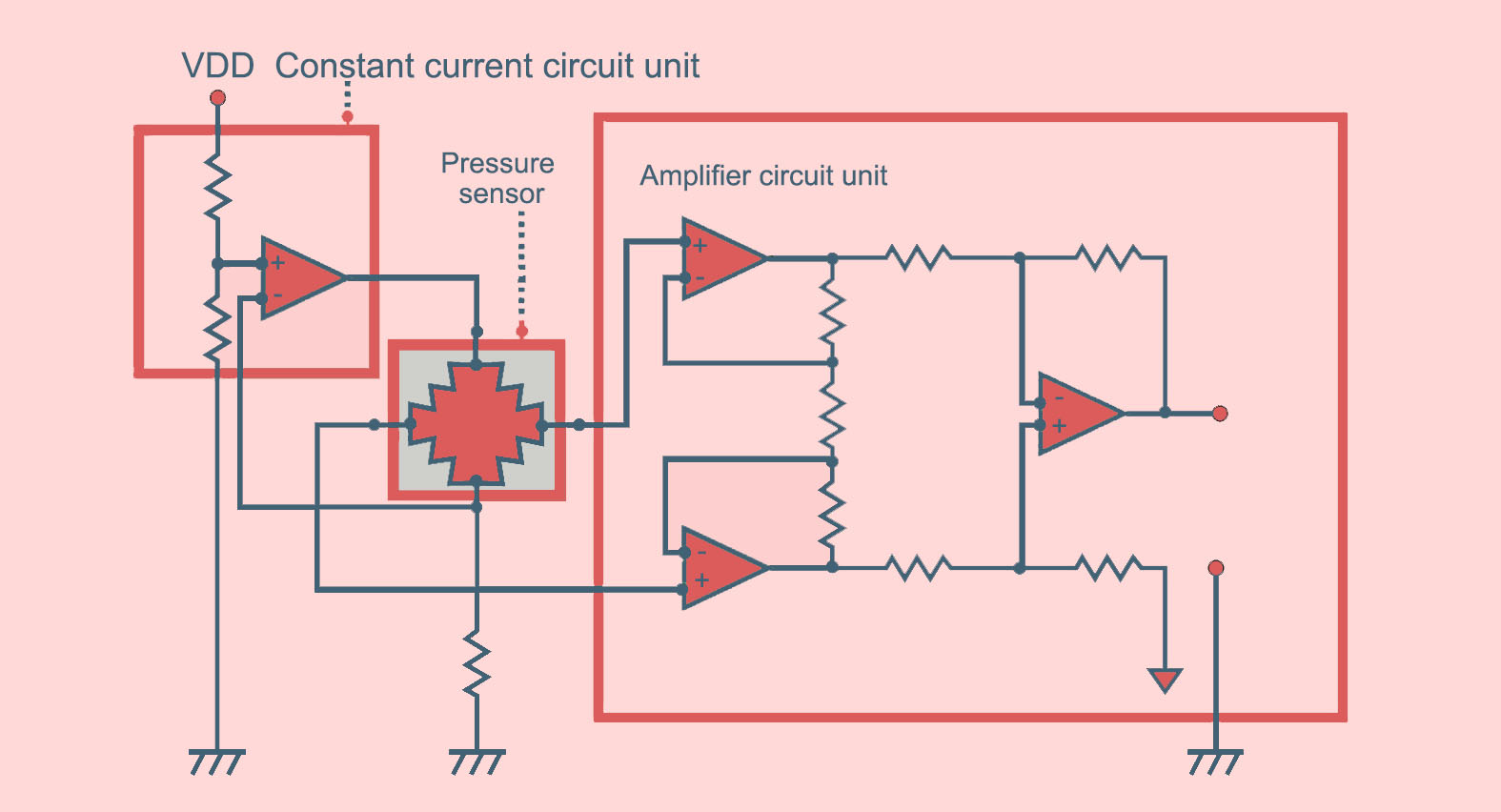
Can I integrate it in my application?
If the temperature and other environments conditions are moderate, the board level pressure sensors are good for mounting with printed circuity board, they are used to measured the medium with temperature not so high, liquid without corrosive.
However, in many industry cases, the robust gauge pressure sensors are demanded to be used at corrosive or damp, hot applications. Such industrial gauge pressure sensors always be housed with anti-corrosive material, like SS316, titanium alloy, mounted by tiny screw thread and connected with pcb firmly.
If the transmission distance is so long, for example 1km or more, the sensors with 2-wire interface 4-20mA analog output signal will be ideal choice. Click here to find when to use current output instead voltage.
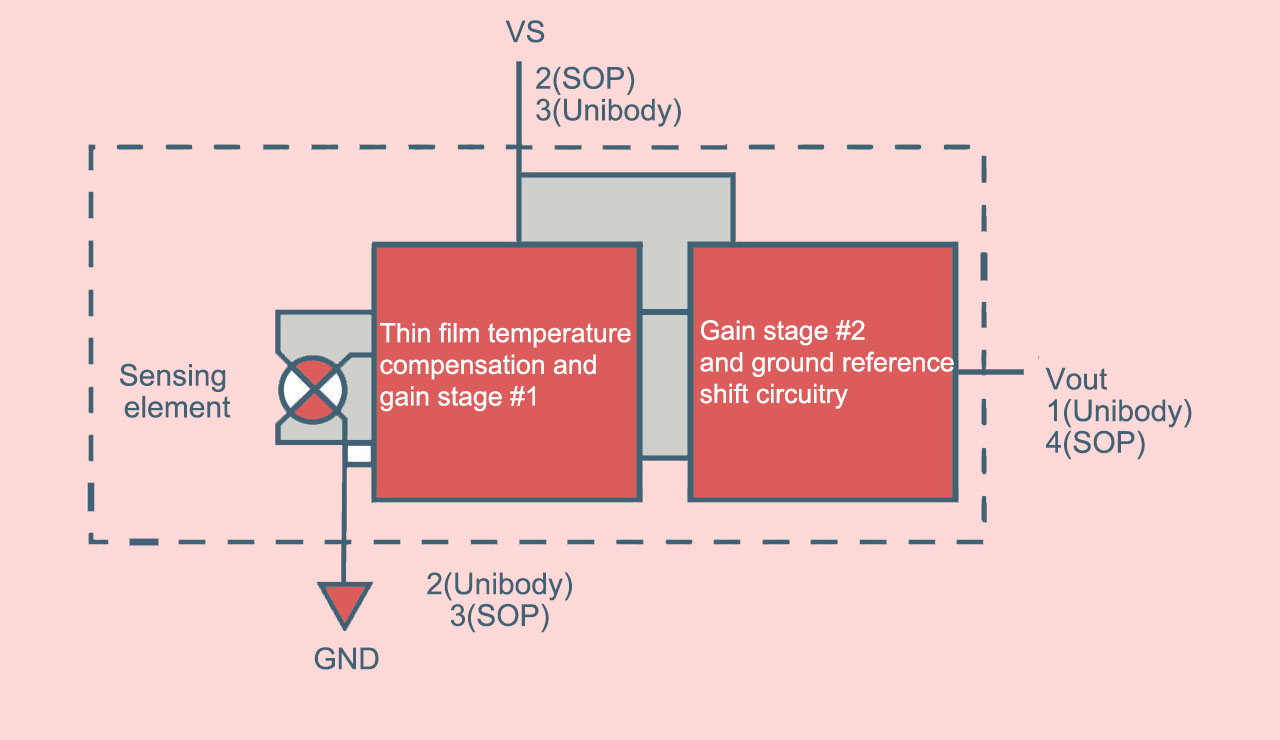
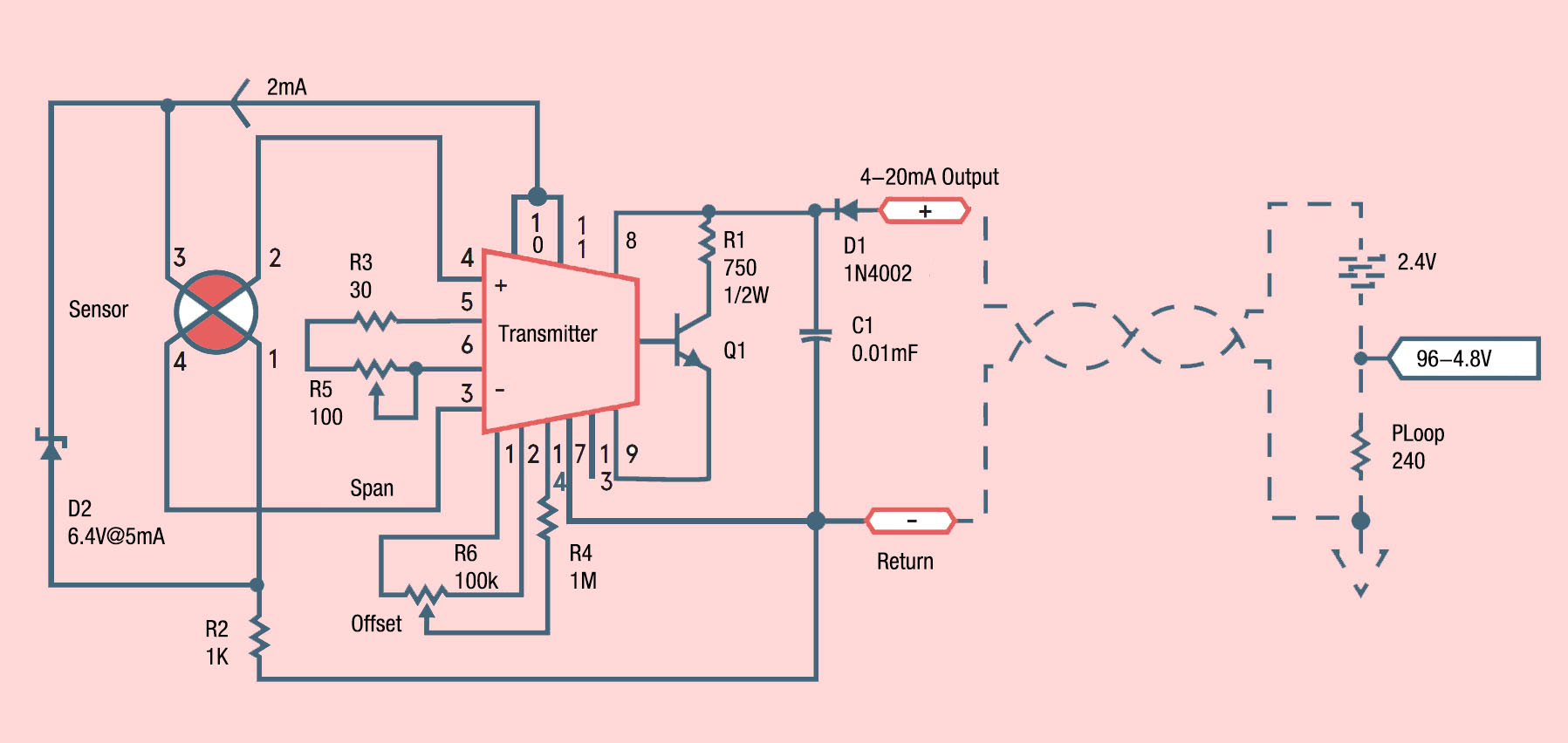
Check out below figures that one of Eastsensor customers used ESS319I (pressure sensors module) to build their own pressure measurement devices.
Where gauge pressure sensors can be used?
If you only need the pressure measured relatively to your local atmosphere, then you need gauge pressure sensors, the measuring process can be taken at open circumstance, the gauge pressure sensors need to connected with pipe and keep vent to atmosphere.
For example, vehicle tires pressure, open tank liquid level, and blood pressure measurement and monitoring.


